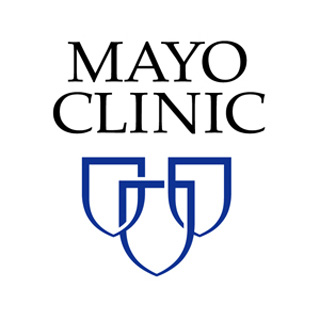High Versus Low Bicarbonate Bath in Critically-ill Patients Receiving Continuous Renal Replacement Therapy
| Status: | Not yet recruiting |
|---|---|
| Conditions: | Renal Impairment / Chronic Kidney Disease, Hospital |
| Therapuetic Areas: | Nephrology / Urology, Other |
| Healthy: | No |
| Age Range: | 18 - 100 |
| Updated: | 2/21/2019 |
| Start Date: | April 1, 2019 |
| End Date: | April 1, 2021 |
High Versus Low Bicarbonate Bath in Critically-ill Patients Receiving Continuous Renal Replacement Therapy: a Pragmatic Randomized Control Trial
Researchers are trying to determine which dialysis solution, low bicarbonate fluid (22
mmol/L) or high bicarbonate fluid (32 mmol/L), is better in subjects with acute kidney injury
(acute kidney failure) and metabolic acidosis that are admitted to the intensive care unit
and require continuous renal replacement therapy (also known as continuous dialysis).
mmol/L) or high bicarbonate fluid (32 mmol/L), is better in subjects with acute kidney injury
(acute kidney failure) and metabolic acidosis that are admitted to the intensive care unit
and require continuous renal replacement therapy (also known as continuous dialysis).
This is a prospective randomized trial that will be conducted at Mayo Clinic in Rochester
Minnesota. It will be based on Good Clinical Practice Standards and performed under IRB
supervision. This will be a pragmatic clinical trial due to the nature of the intervention
and short interval for making a clinical decision. While dialysis in general is valid in
cases of severe AKI and metabolic acidosis, there remains uncertainty as to which replacement
fluid to use. In one retrospective study, using high bicarbonate replacement fluid was
associated with worse outcomes, even after accounting for several important confounders.
While this intervention is valid in cases of severe metabolic acidosis (pH<7), there has not
been much data to support the use of either intervention in cases of any metabolic acidosis
in general.
While both interventions are equally valid, to our knowledge, there is no randomized clinical
trial evaluating the difference of either intervention on outcomes. There is limited evidence
in the literature on benefit or harm associated with either of the interventions on the
outcomes thus generating a clinical equipoise. This pivotal study should help guide
nephrologists and intensivists on the appropriate prescription of CRRT.
Minnesota. It will be based on Good Clinical Practice Standards and performed under IRB
supervision. This will be a pragmatic clinical trial due to the nature of the intervention
and short interval for making a clinical decision. While dialysis in general is valid in
cases of severe AKI and metabolic acidosis, there remains uncertainty as to which replacement
fluid to use. In one retrospective study, using high bicarbonate replacement fluid was
associated with worse outcomes, even after accounting for several important confounders.
While this intervention is valid in cases of severe metabolic acidosis (pH<7), there has not
been much data to support the use of either intervention in cases of any metabolic acidosis
in general.
While both interventions are equally valid, to our knowledge, there is no randomized clinical
trial evaluating the difference of either intervention on outcomes. There is limited evidence
in the literature on benefit or harm associated with either of the interventions on the
outcomes thus generating a clinical equipoise. This pivotal study should help guide
nephrologists and intensivists on the appropriate prescription of CRRT.
Inclusion Criteria
- Adult patients (≥ 18 years of age)
- Ability to obtain informed consent, either from patient or legally authorized
representative (LAR)
- Diagnosis of AKI according to KDIGO definition [an increase in serum creatinine
concentration of greater than or equal to 0.3 mg/dL within the first 48 hours of
injury, a relative increase in serum creatinine of greater than or equal to 50%
(1.5-fold from baseline) within the first 7 days of injury, or a reduction in urine
output (<0.5 mL/kg/h for more than 6 hours)]
- CRRT initiated for the first time during current ICU admission.
- Bicarbonate ≤ 22 mEq/L
- Arterial pH between 7.05 and 7.25(if an ABG is not available, venous pH must be
between 7.00 and 7.20)
Exclusion Criteria
- Pregnancy (women of child-bearing potential must have a negative pregnancy test)
- Diagnosis of End-Stage renal disease and receiving Hemodialysis or peritoneal dialysis
prior to ICU admission (this information will be easily obtained by the nephrology
team)
- Arterial pH <7.05 or >7.25 (if an ABG is not available, Venous pH <7.00 or >7.20)
- Potassium level >6.0 mmol/L
- Severe acute liver failure meeting all the following criteria):
- INR >2
- AST/ALT more than 500 U/L and
- Bilirubin more than 12 mg/dL)
- Previous enrollment in this study
We found this trial at
1
site
Mayo Clinic Rochester Mayo Clinic is a nonprofit worldwide leader in medical care, research and...
Click here to add this to my saved trials
